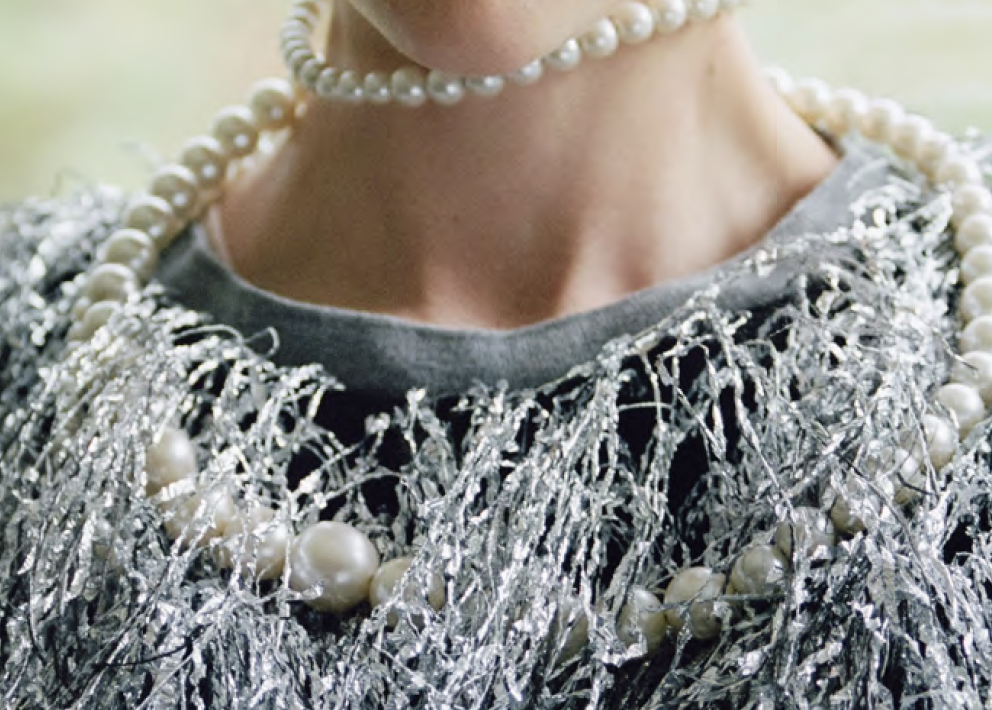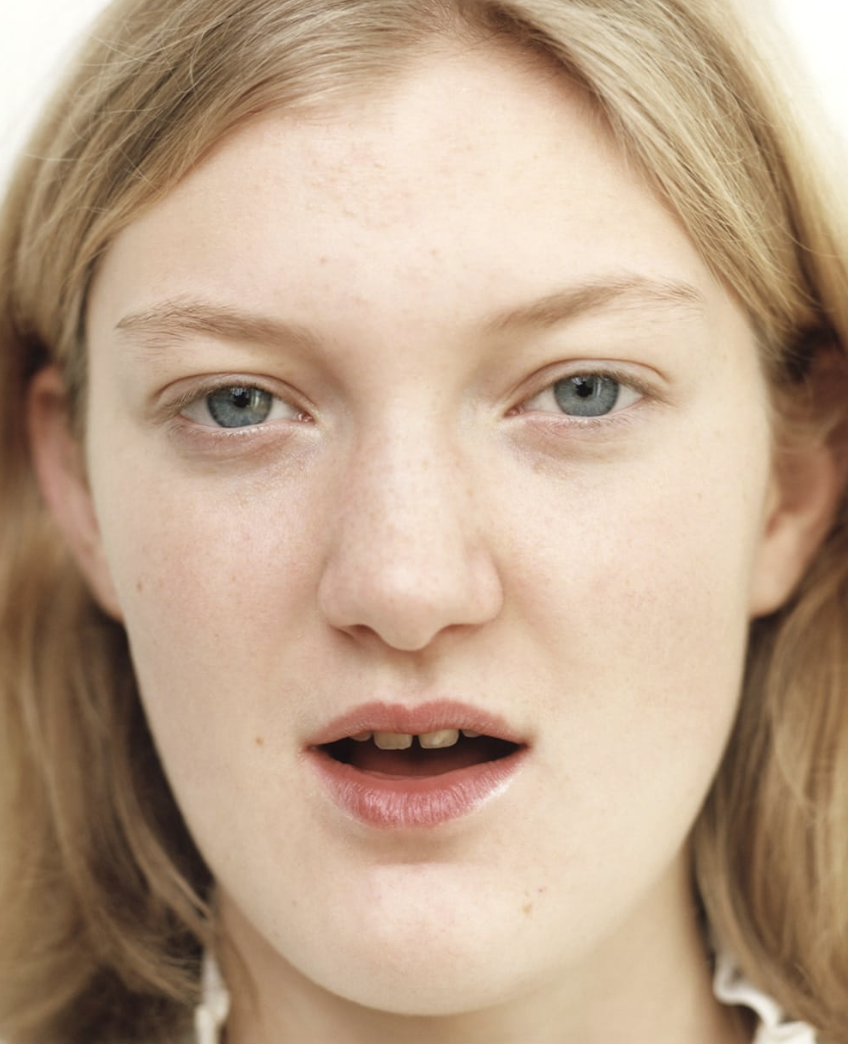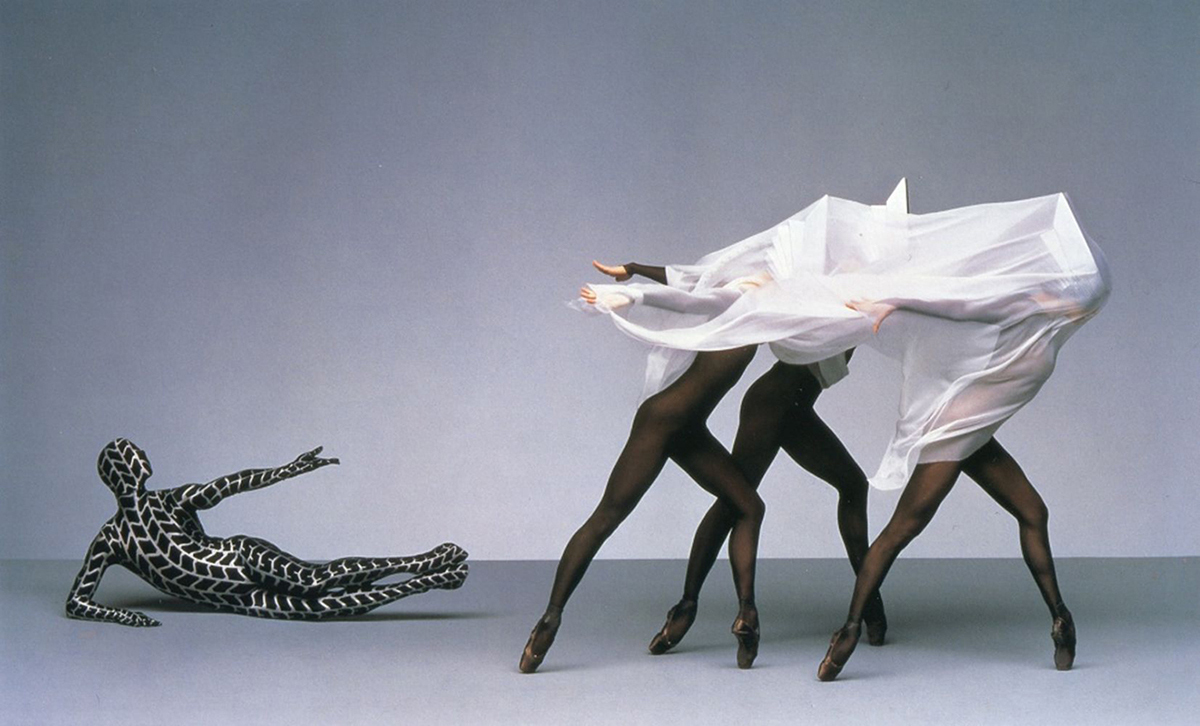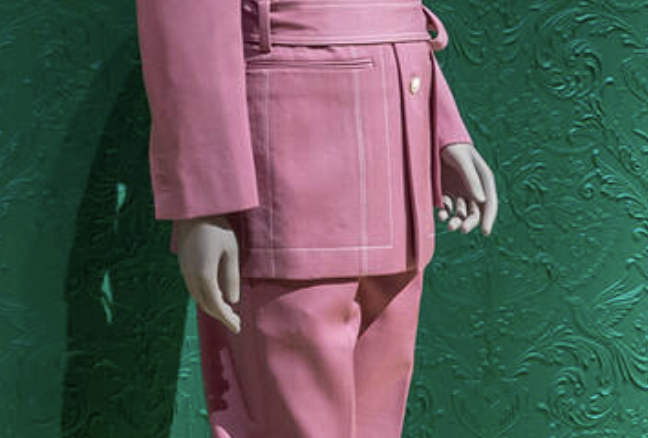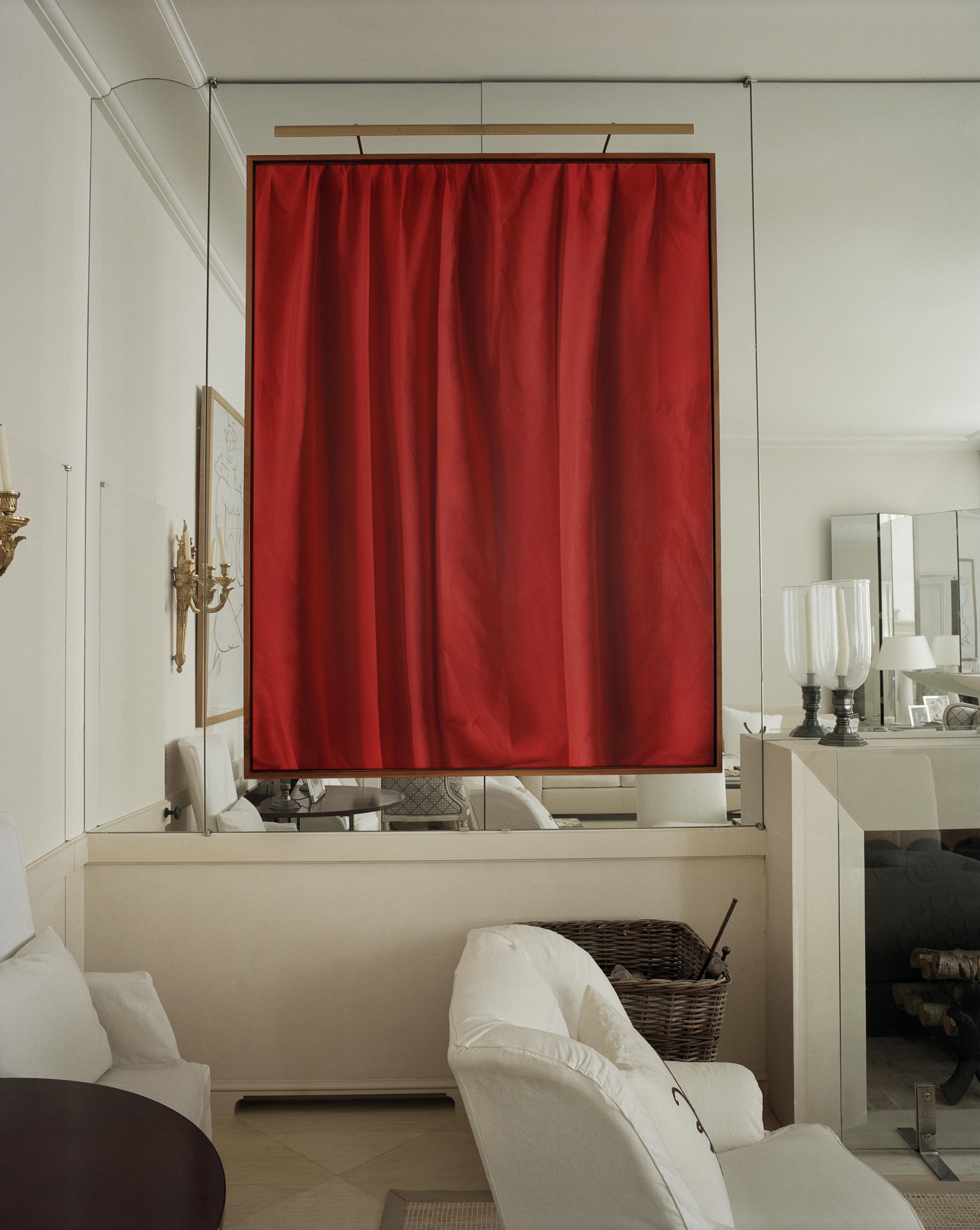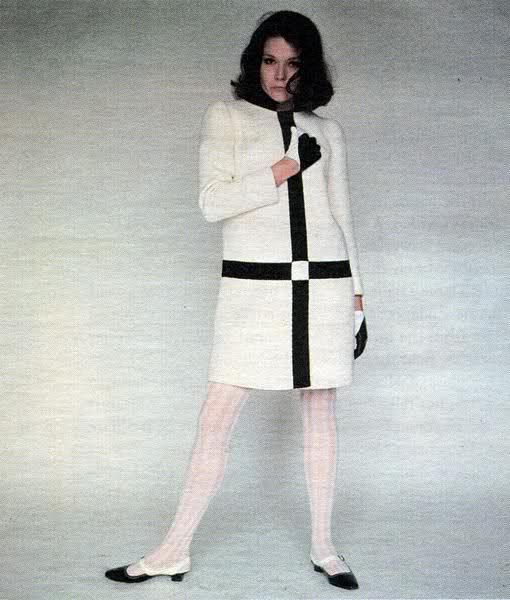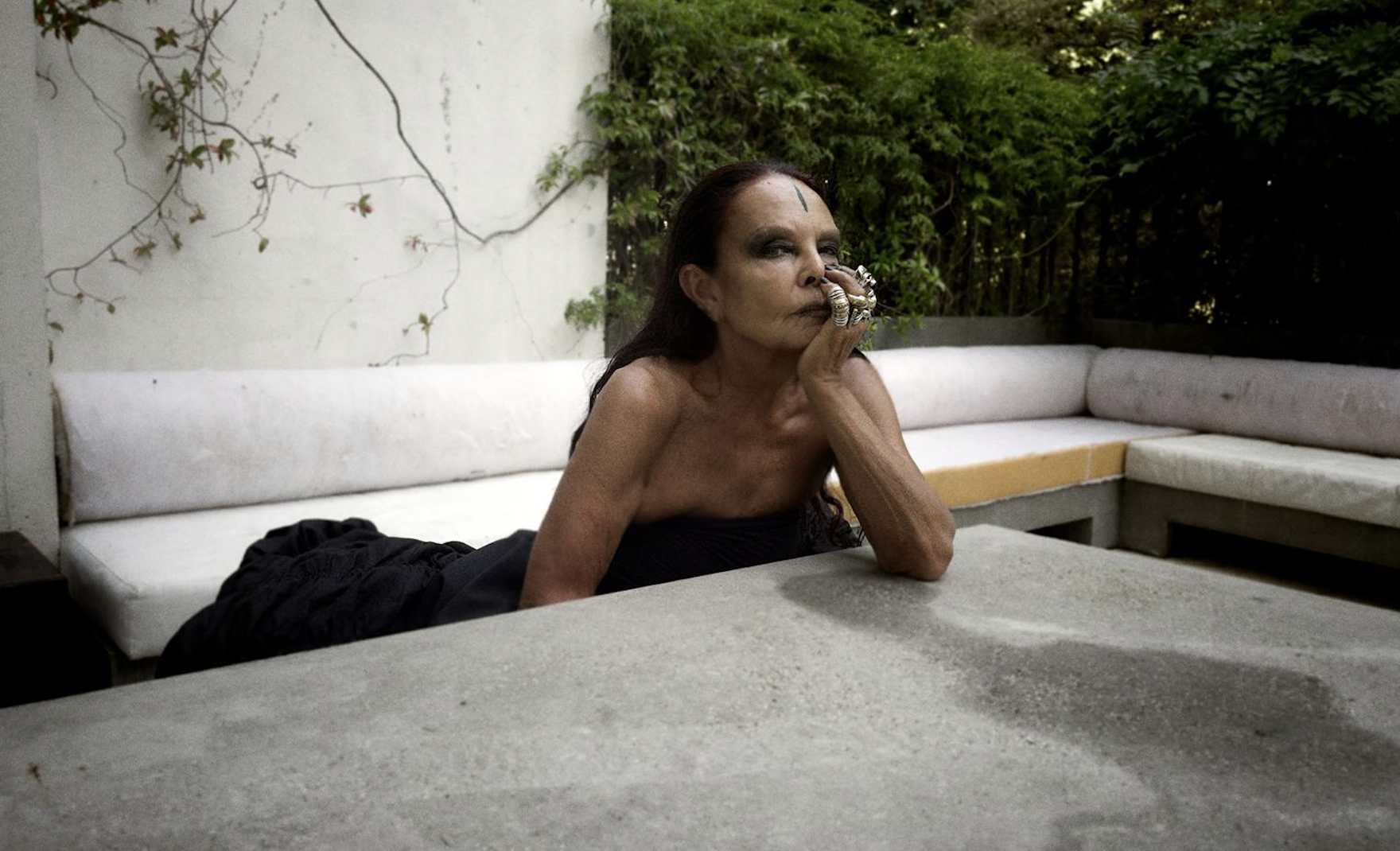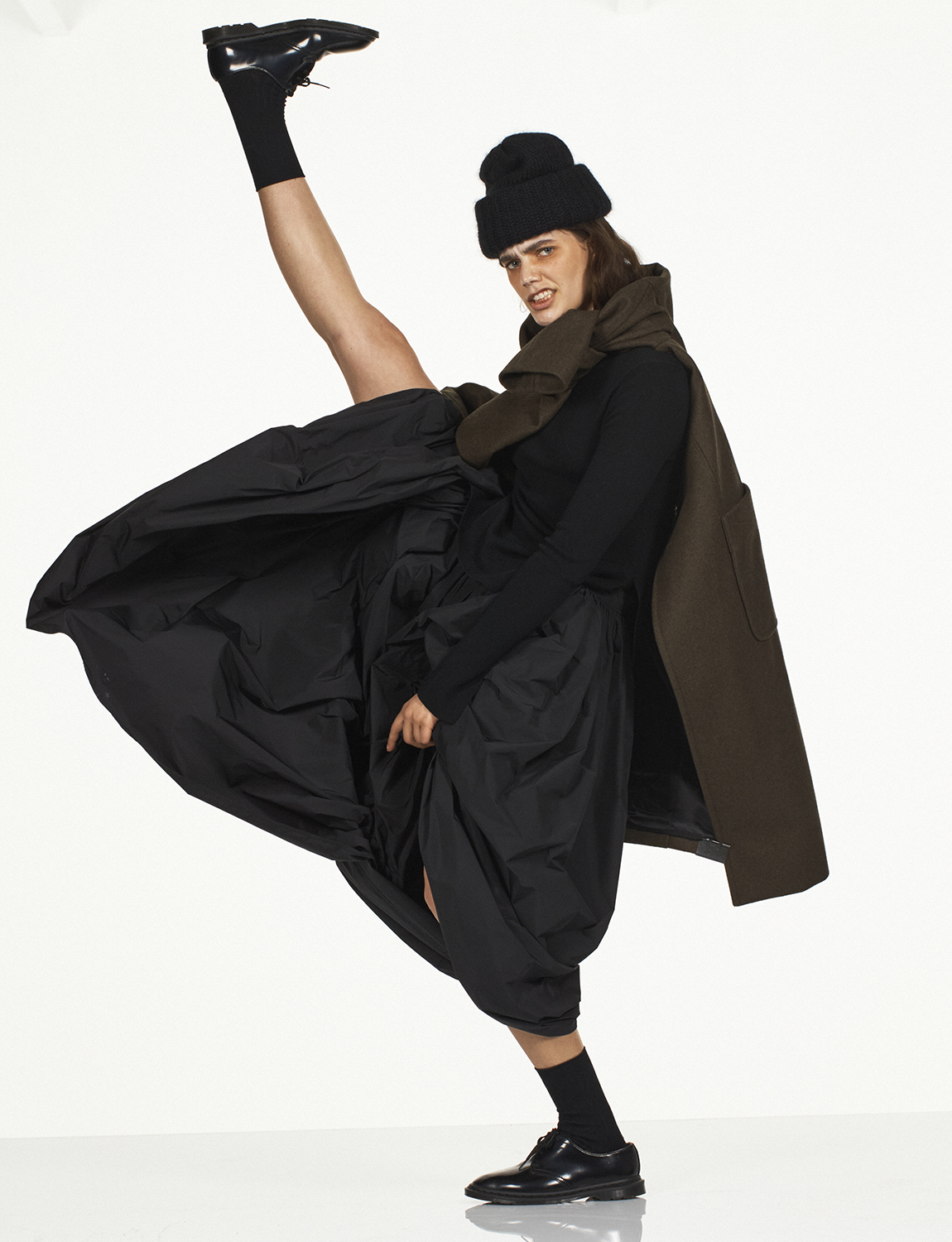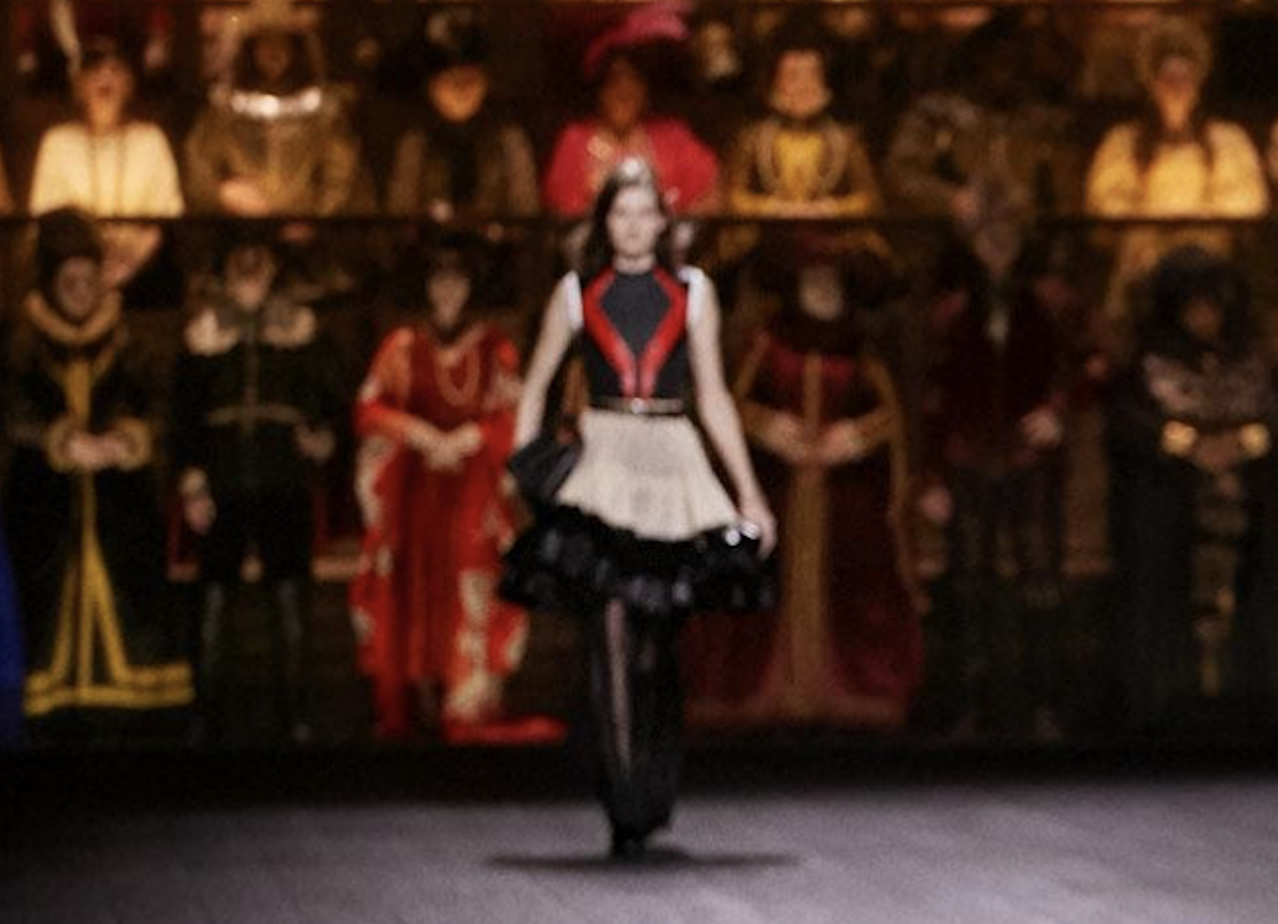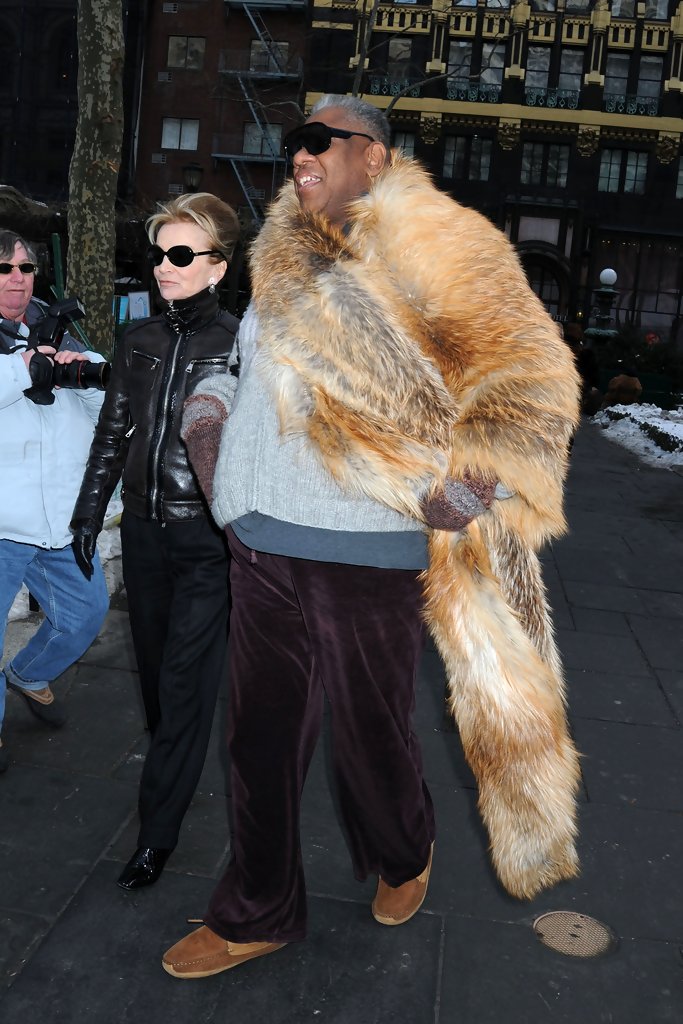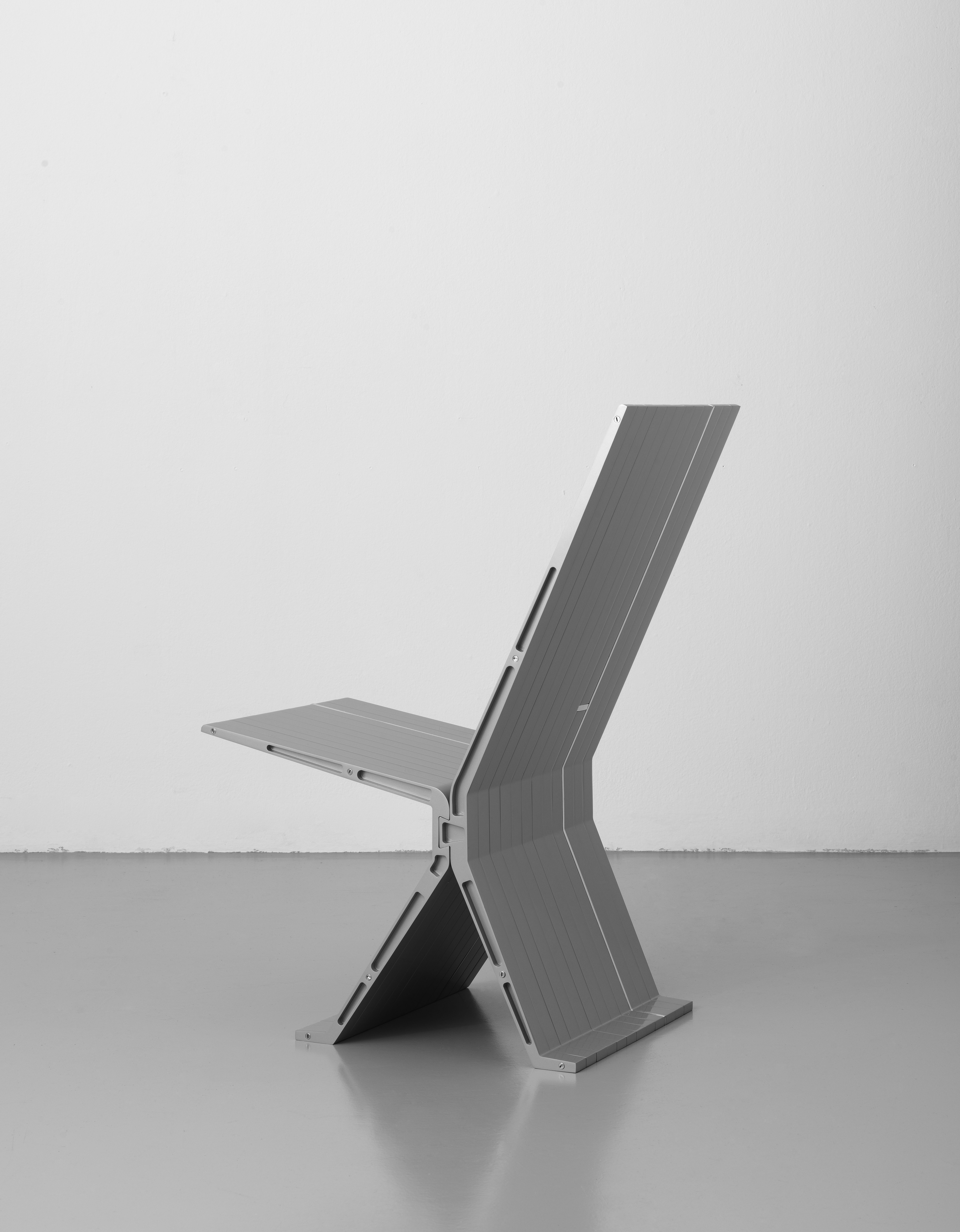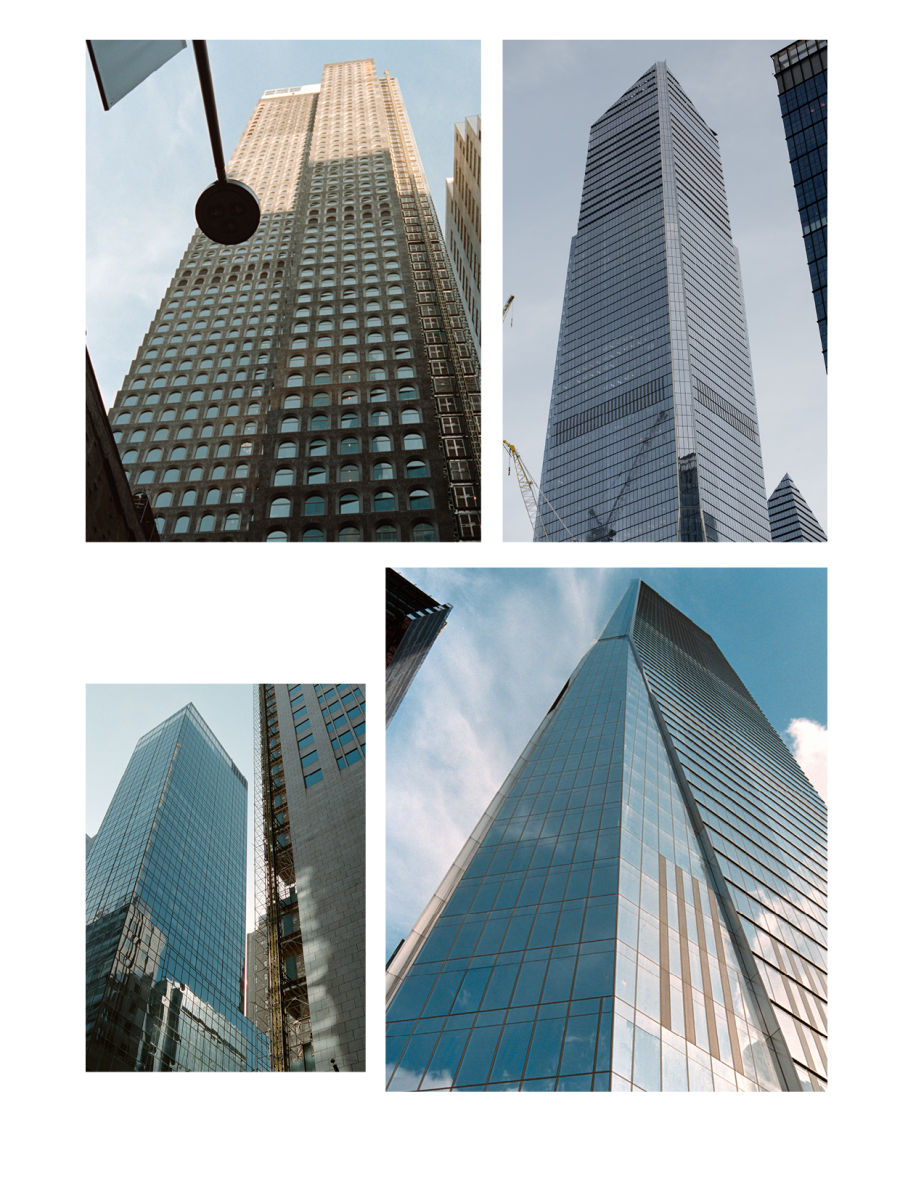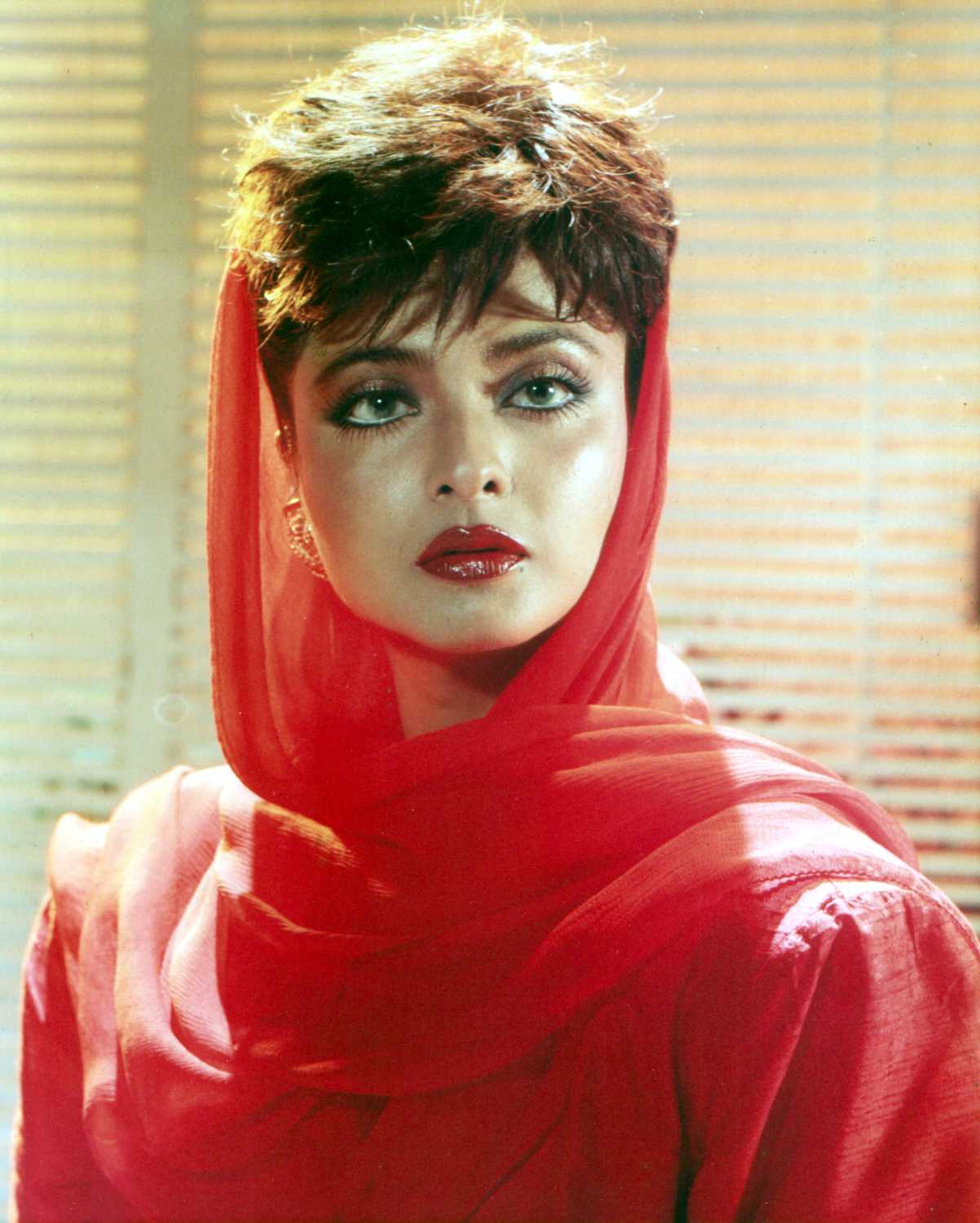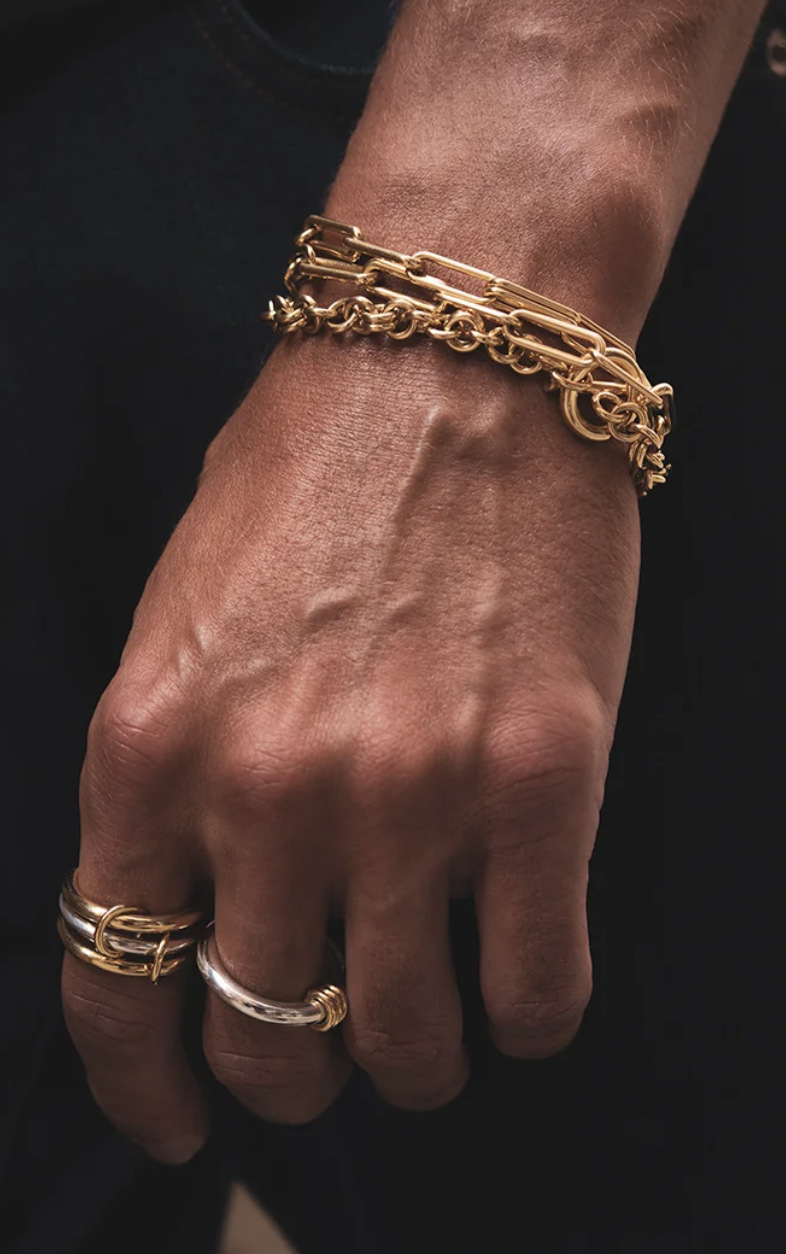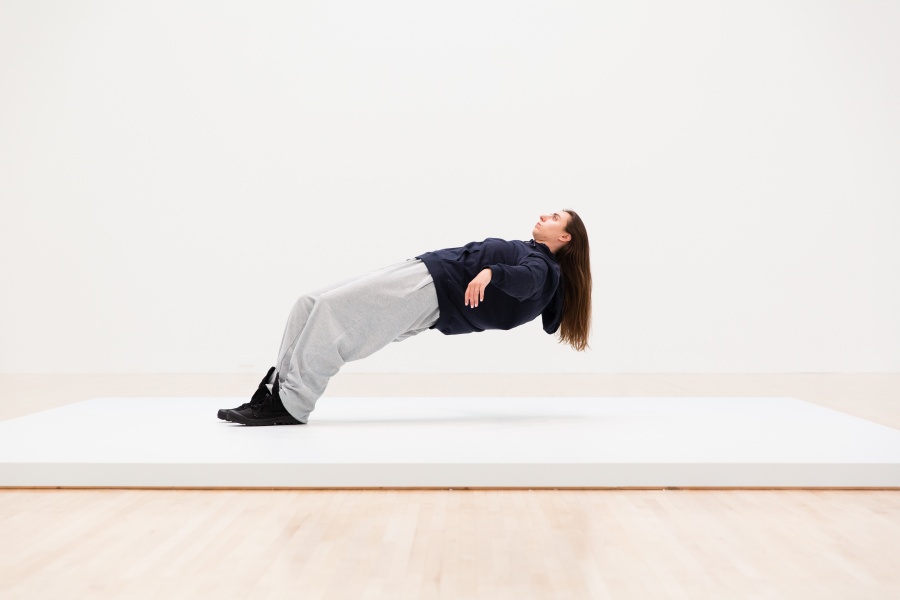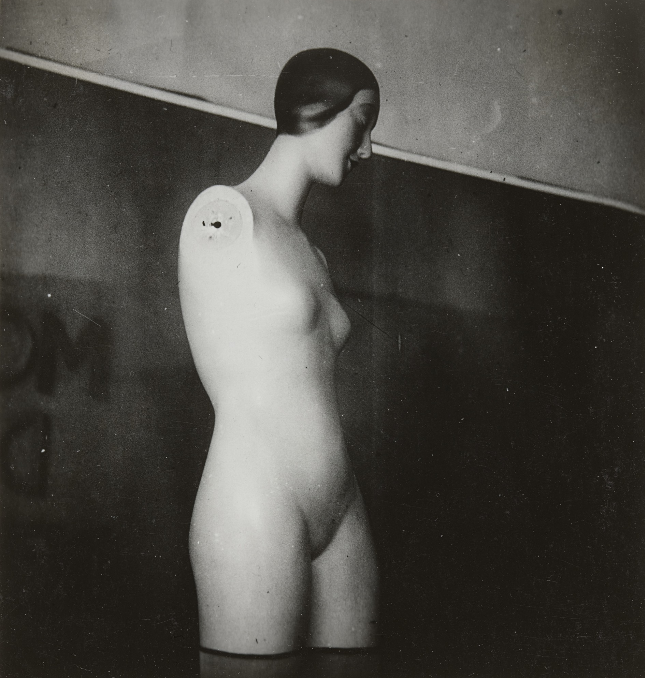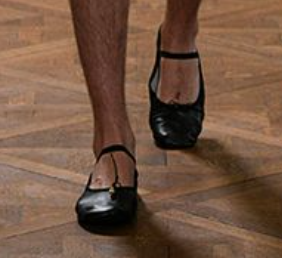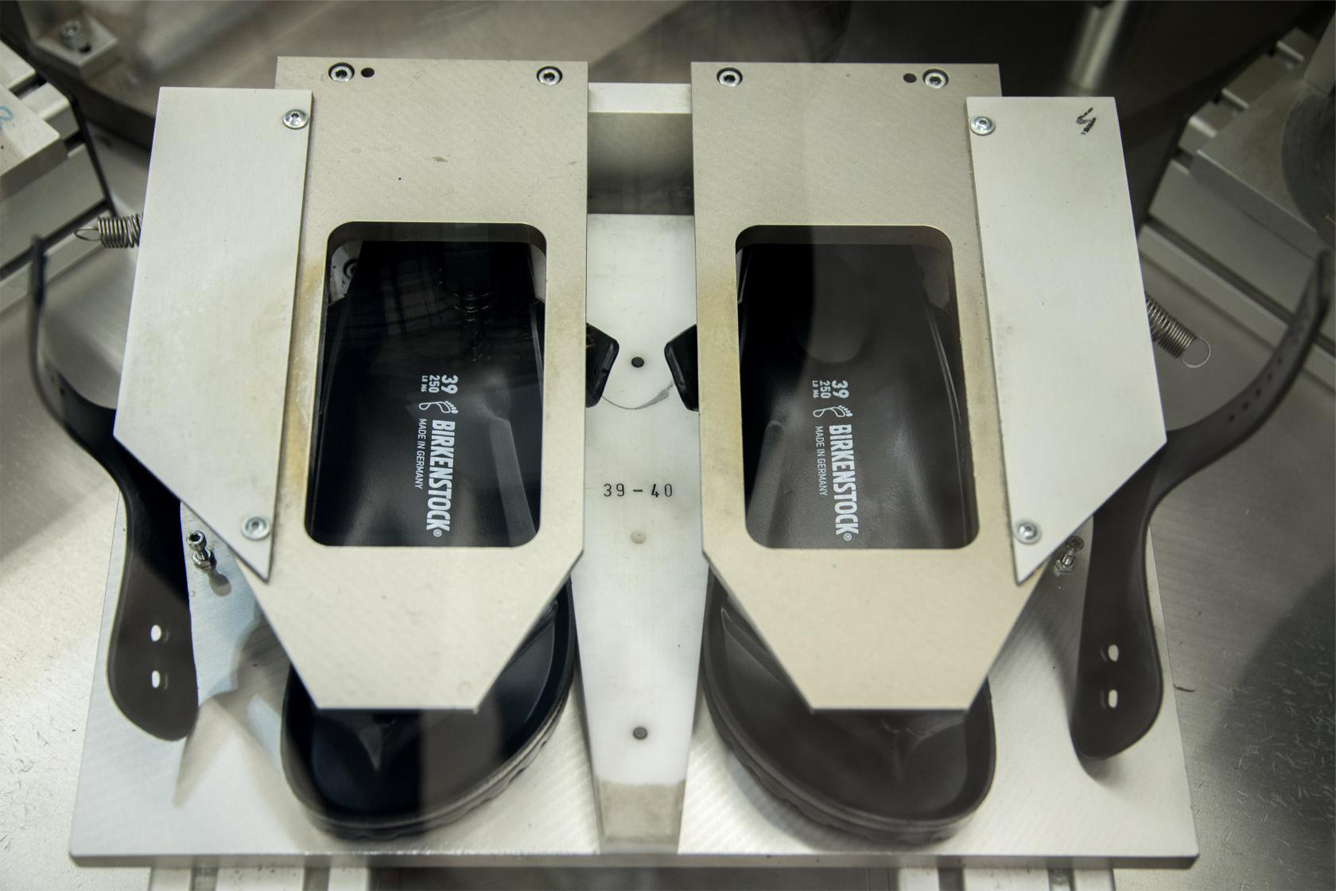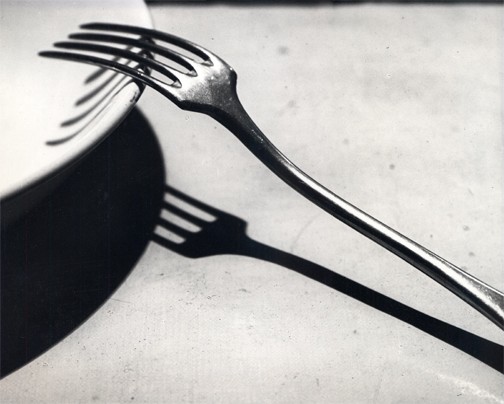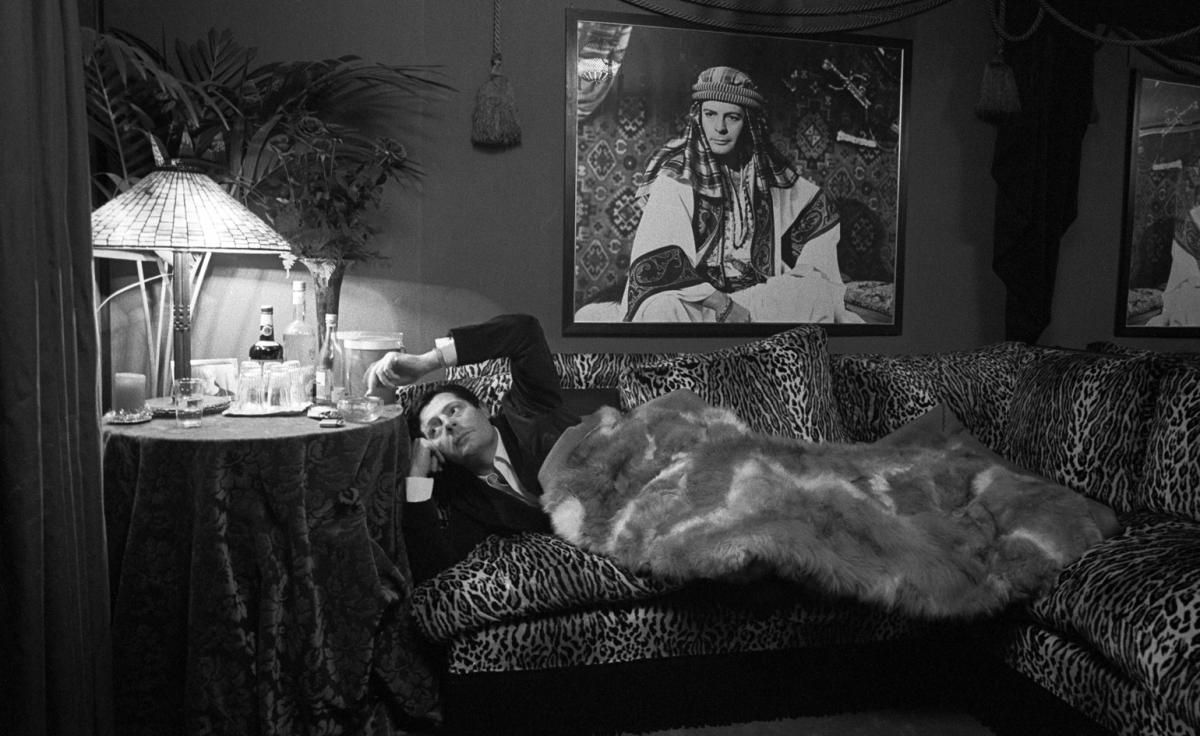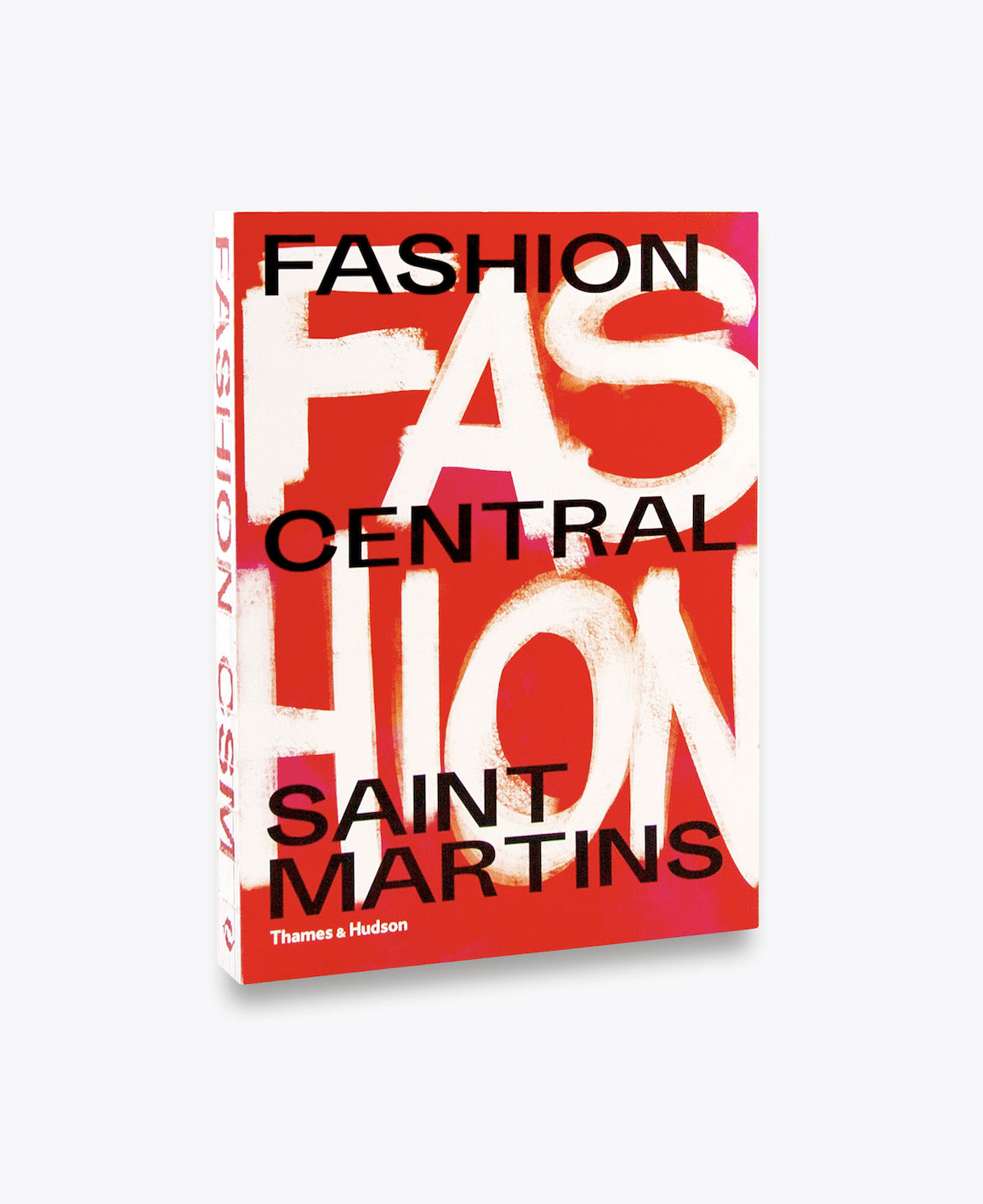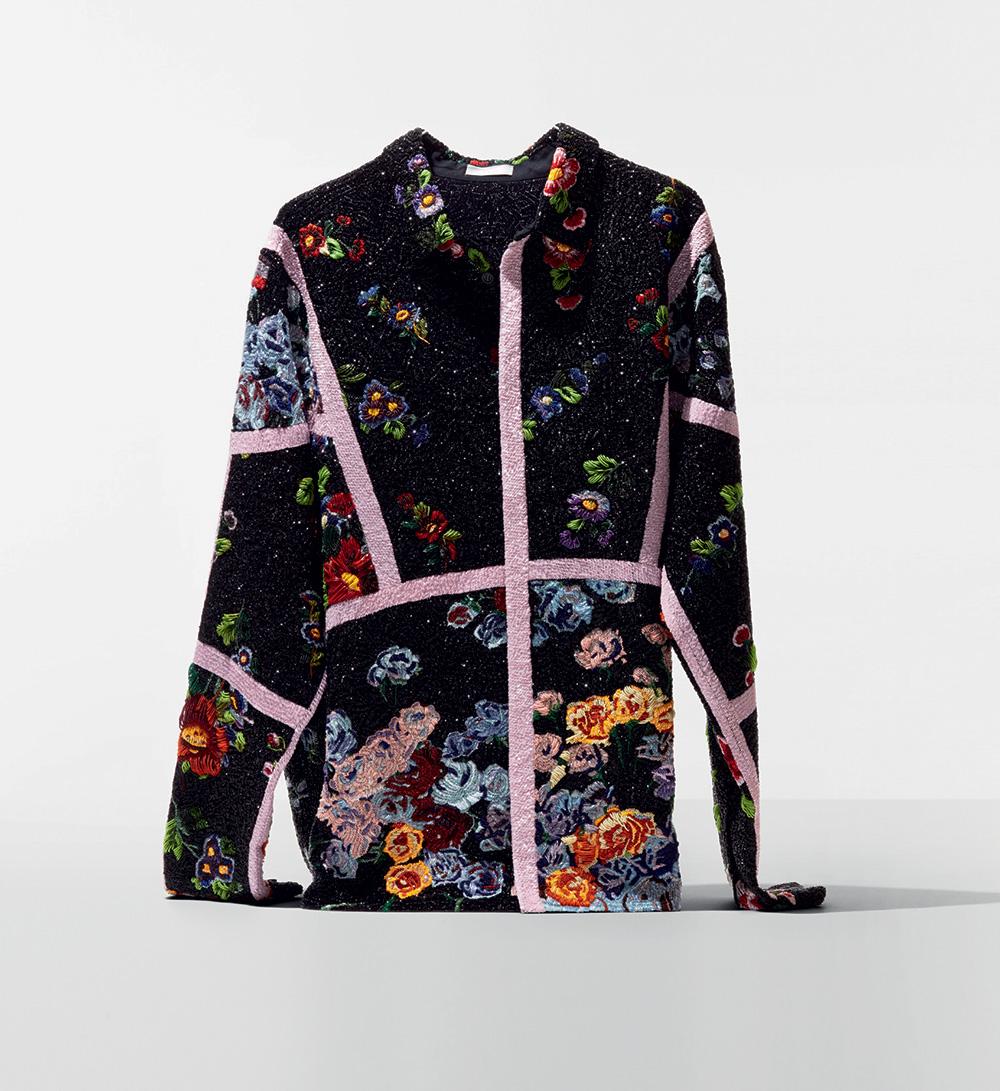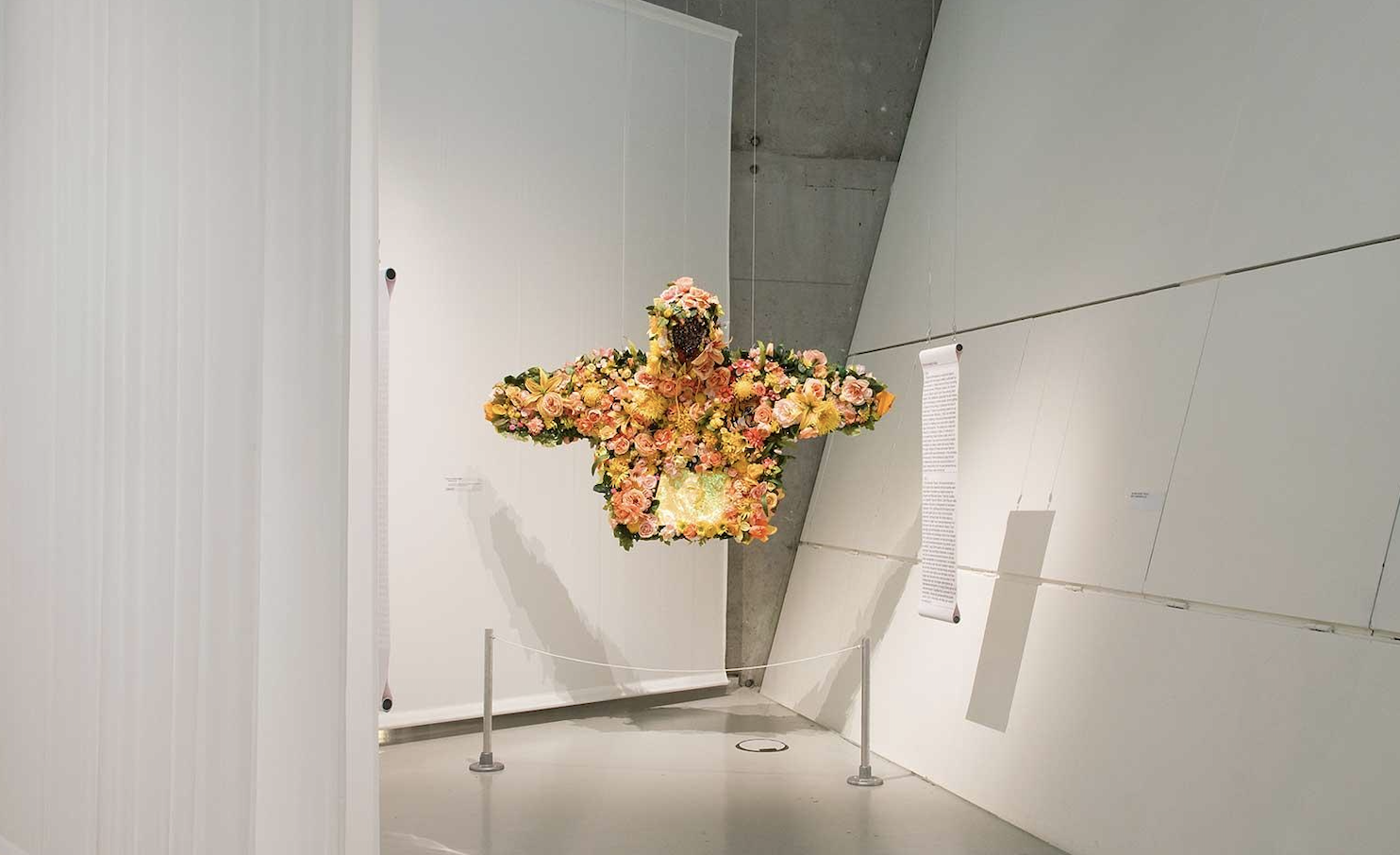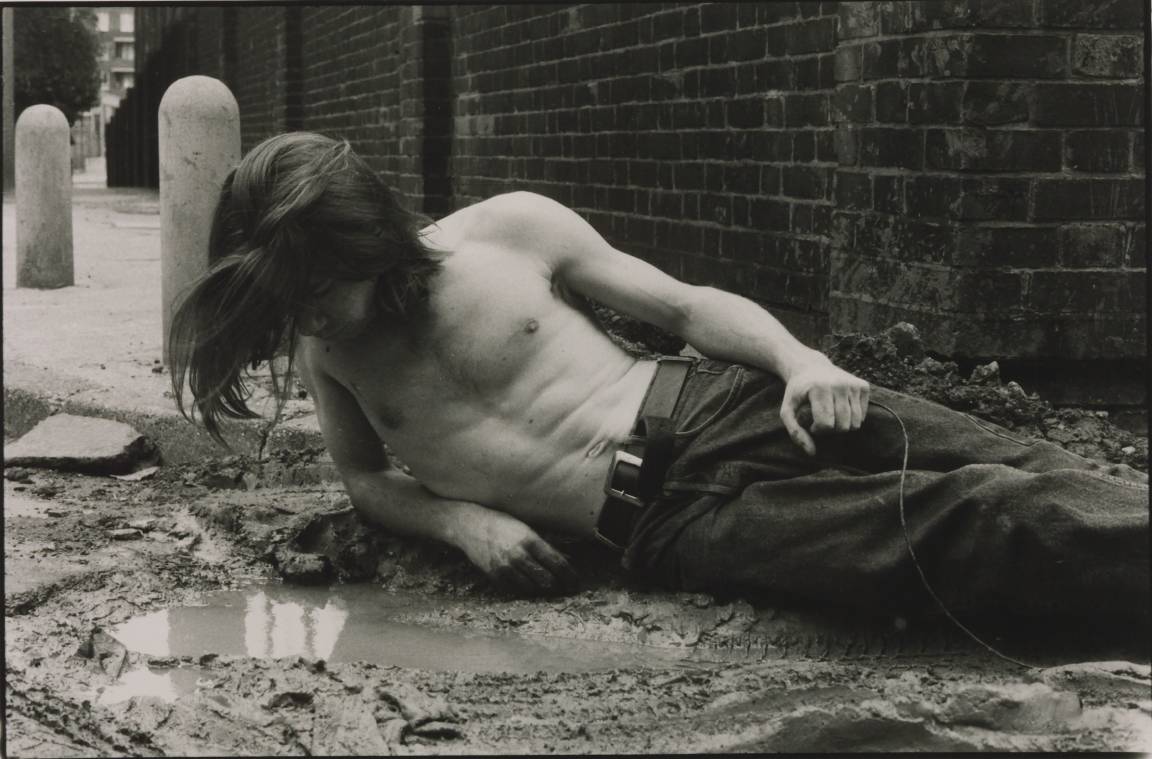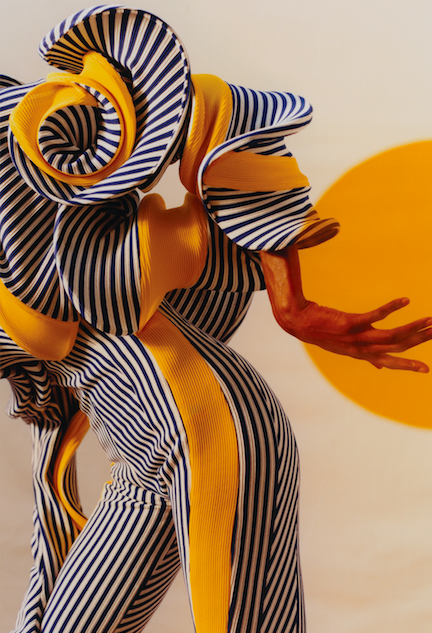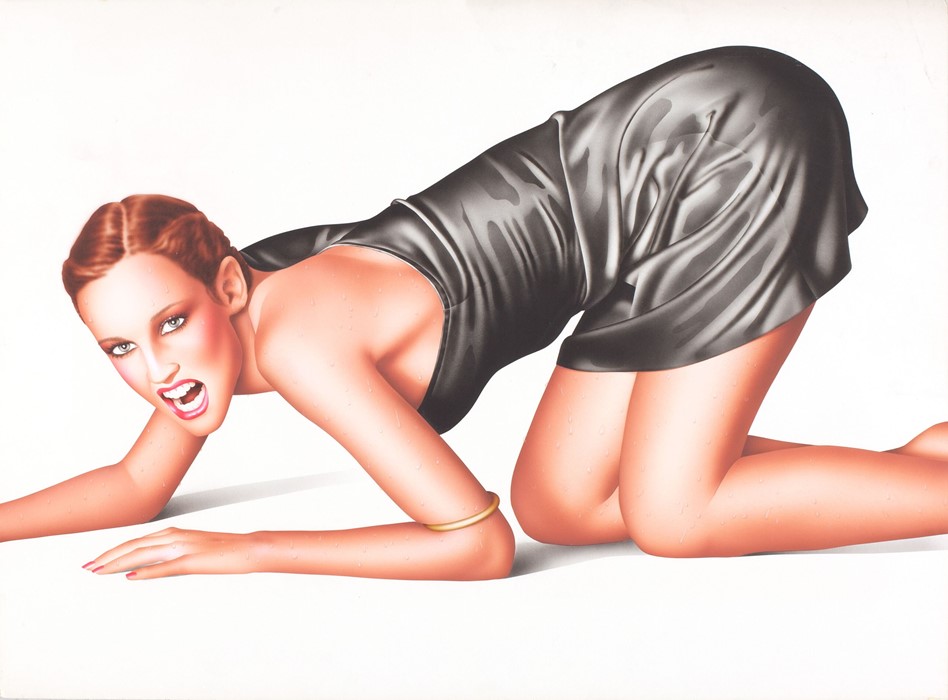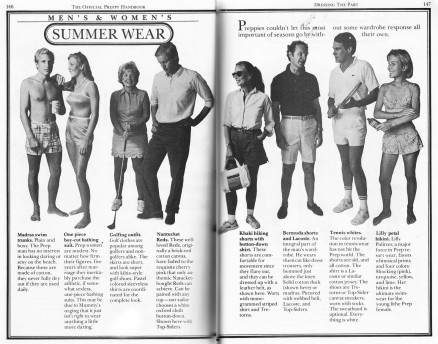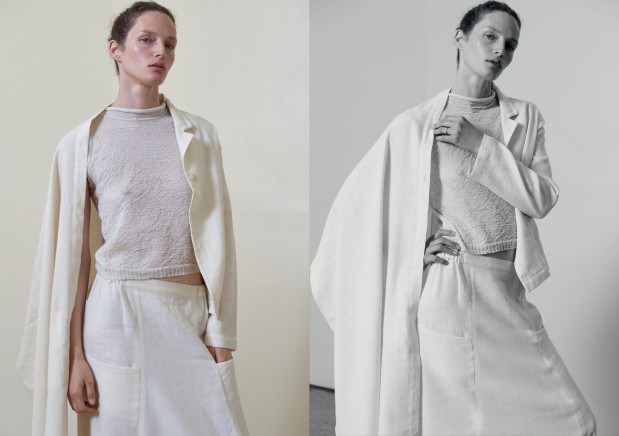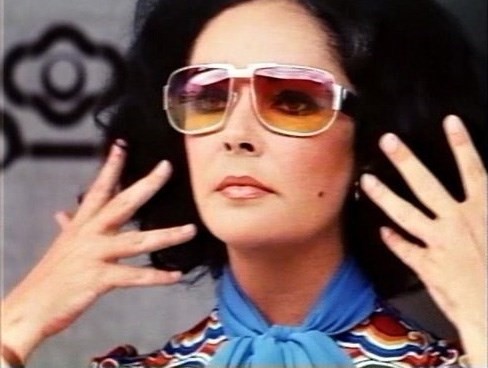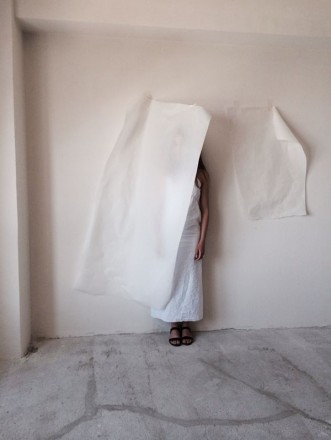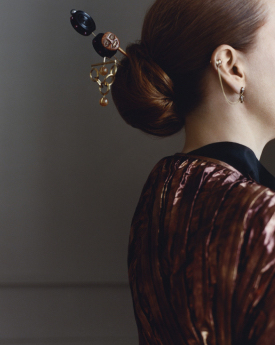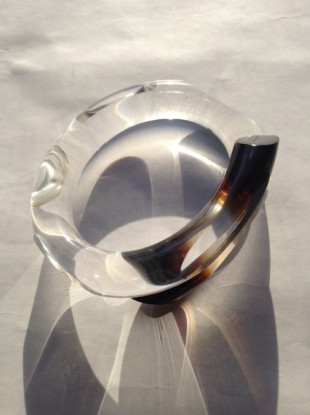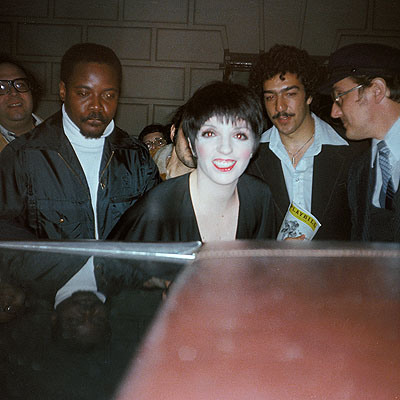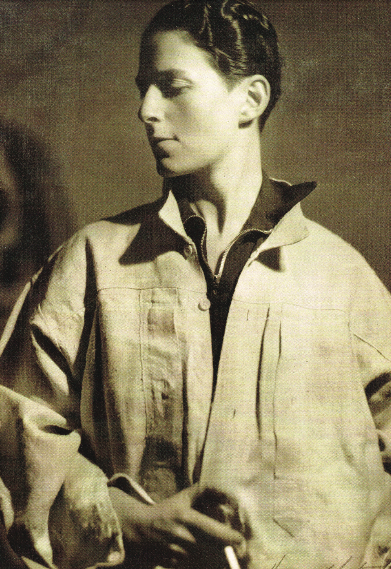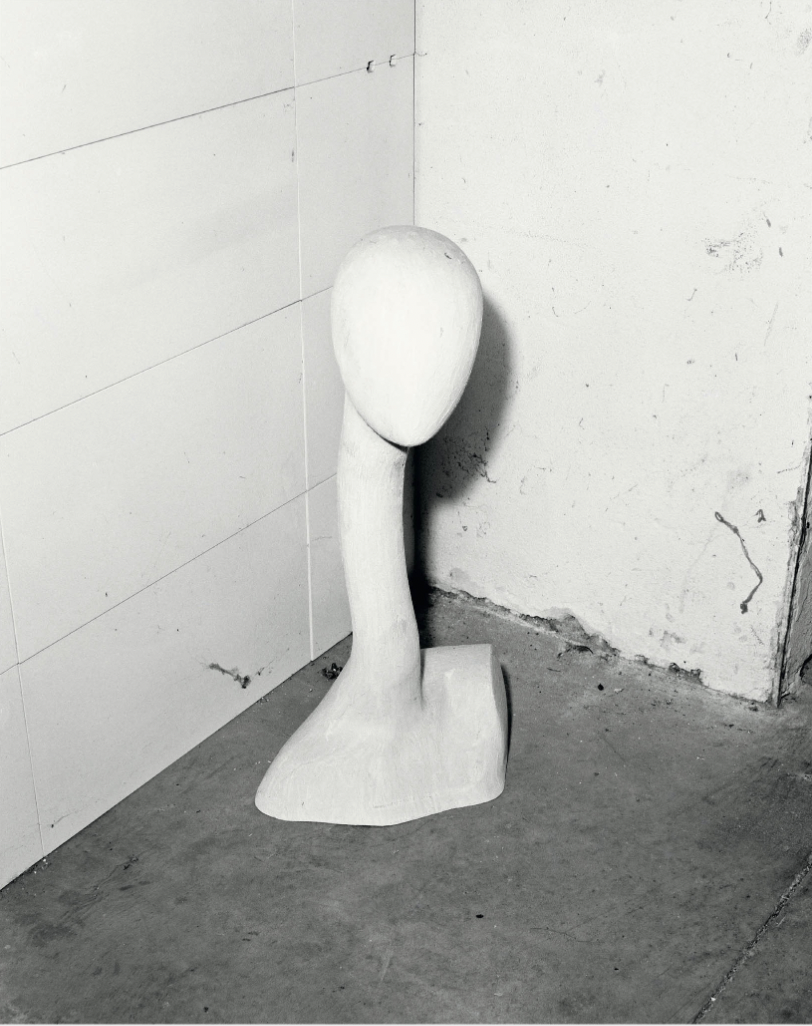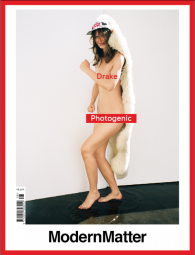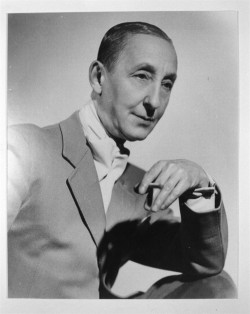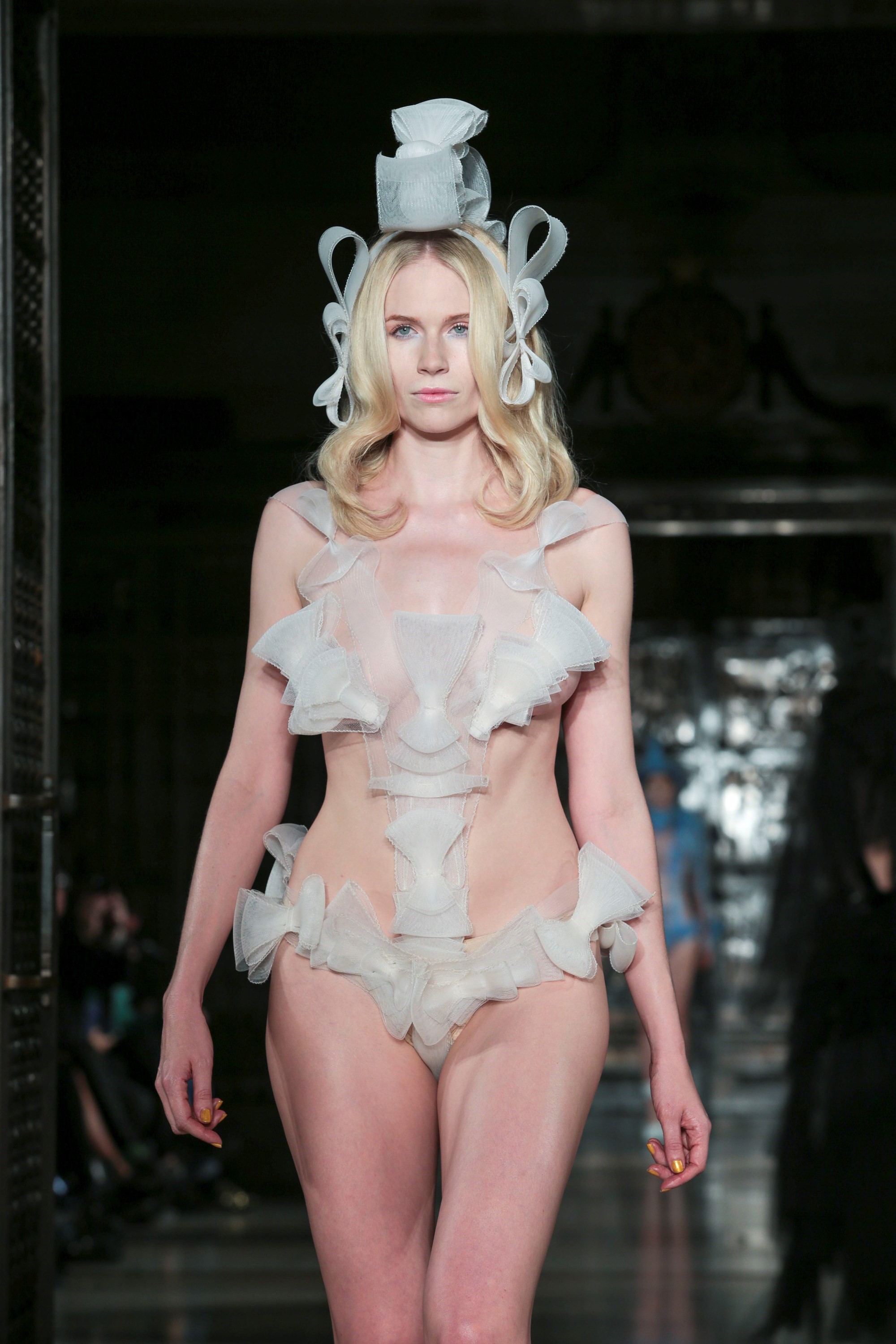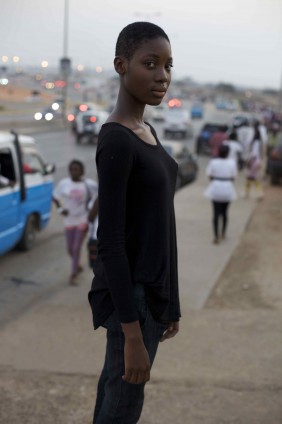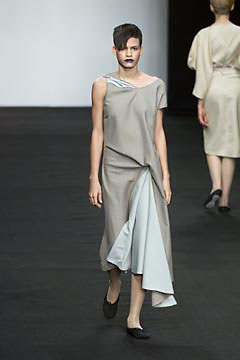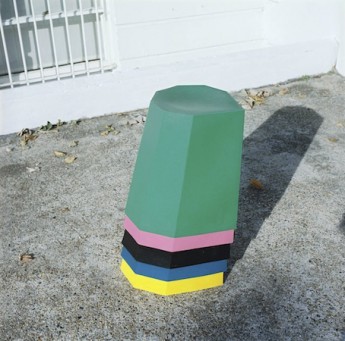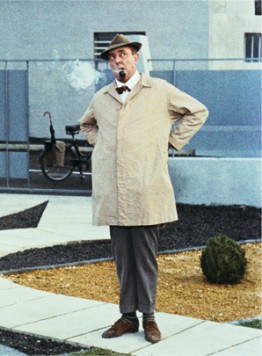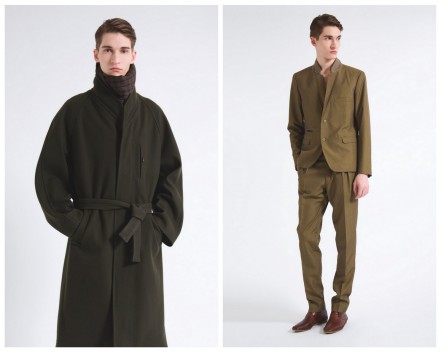2011
Ian Batten
Published in B Magazine N°4
A discussion



Ian Batten: I never wanted to be a retailer but having the shop and studio together made sense. Many of my customers are architects actually – it’s a joke considering this small space I work from; I’ve had people come over to see the shop especially. I don’t know why they seem to like what I do a lot.
Dal Chodha: Maybe architects are looking for clothes that don’t feel so heavily constructed and slip on easily. Clothes are different to buildings, after all.
IB: Men are odd in a lot of ways too, they are much more specific than women and you either get someone who will come back to you or someone who is not interested at all. There is never a middle bit.
DC: It might have something to do with the way men see clothing, as a sort of uniform.
IB: You’re right. I had this young banker come in the other day and he put on a jacket and asked me what I thought. I said it looked fine and he turned and said to me, “you know, I couldn’t wear this to work,” and I suddenly realised he’s a banker, he wants a uniform, fitted with sharp shoulders. And that isn’t my uniform.
DC: Your collections are often more unstructured and casual, using lots of washed linens and cottons...
IB: Exactly! It was just at that exact moment I realised that that’s what bankers are trying to put over with those suits, that authoritative style and really, it just reminded me that menswear is very specific, don’t you think?
DC: It’s the same with b Store too. Lots of artists musicians and architects shop there and it transcends people who are just into fashion.
IB: I think it’s because the clothes are quiet. You just put them on and they don’t scream at you and you don’t suddenly walk out and people start staring at you – it depends on how you put it together. I guess you don’t realise that you develop a style that you can’t see.
DC: Working for over 40 years, do you think this is an aesthetic you’ve matured into?
IB: Oh yes. I mean people say to me, “you’ve been doing it for a long time so, you know,”
as if you’ve reached the end of something, so you’ll know it all and I say, NO! It doesn’t work like that – you’re learning all of the time!
DC: Actually I spent a long time looking for information about you. I had heard stories, Matt had told me what you had done before but there was nowhere concrete to go to get any information about you. Am I just not looking hard enough?
IB: It’s funny because, well, I don’t know, you never think that you’re still going to be doing it! Which is why I guess I’m not on the internet much
– I’m of a different generation. You know the tailor, Charlie Allen? I bumped into Charlie in the street after a long time and he said to me: “Are you still doing all that designing lark?”
DC: How did you get into it?
IB: I always liked drawing at school and I remember my art teacher said to my mum at some careers thing that I ought to think about going to art school. I had no idea what art school was so I asked her and she said, “you just do art,” and I thought that sounded good.
DC: Do you remember your first day?
IB: Well, the first girl I ever saw in there was this incredible beatnik and I thought, wow, she is so beautiful. She ended up being Charlie Watt’s wife. Ray Davis and the artist Allen Jones were at college at the same time as me too.
DC: I’m always enamoured by how nonchalant people who grew up in Sixties London are about what it was like back then. It’s hard for anyone who wasn’t there to put it into context – it just seems such a free and incredibly creative time. What was it like?
IB: It was sort of interesting, but when I went to art college, I went there as a naive person, not knowing what I was going
to do and in a way, everybody was the same. Then after five years of being in art school you become a different person.
DC: You enjoyed drawing, so what made you go on to do fashion?
IB: I ended up wanting to do fashion drawing actually but when I went into the fashion department they said, you can’t just do fashion drawing you have to learn about clothing – they go hand in hand. I don’t think I was particularly liked in the fashion department because the woman who ran it, had all her little girls making pretty dresses and I came in and was using charcoal and was a bit common. I didn’t get on that well there, but I enjoyed it.
DC: I remember you mentioning to me before that when you left college, you went on to work for a big fashion company.
IB: Yes, it was the mid 60s and it was this huge company that did really boring, middle-of-the-road stuff called Rona Roy – it was great training for me. I went in there naively and I designed all these dresses that were really big sellers but it was when Mary Quant and all of those people were getting publicity and the whole Kings Road thing was happening. Before that it was all a bit boring.
DC: Do you remember thinking at the time that something big was happening?
IB: Oh God yes. I was absolutely aware but didn’t understand the change. I remember going into the first Habitat shop and going: “Fuck! What is this?” It was all so new, it wasn’t anything to do with what they were selling, it was the way it was displayed; there wasn’t anything around like that before. Ever.
DC: And fashions were changing too.
IB: Everything sort of shifted. You know, there were suddenly lots of new people coming in, naively doing things, like me. I remember doing a dress which had a big cut out of the front and suddenly it was in the newspaper, talking about me as the “new designer”. But I made some mistakes, which were fortuitous and because things were selling, they were overlooked – I would have been sacked otherwise. Looking back on it though, it was really boring.
DC: What else did you do?
IB: I left there and did a few other jobs and then got a job with Sterling Cooper. Anthony Price was there too and Paul Smith was making clothes for us. It was fantastic, we were always going away too and I was constantly travelling.
DC: You switched to doing only menswear in the early 90s, when all eyes were on the London set including Nigel Hall, Duffer of St George and Hope & Glory.
IB: It was in about 1992 or 93, I met this
friend of mine – who I was at art school with – and he’d made a lot of money in the kitchen business and he said why don’t we work together? So we did a business and I decided to do only menswear, as it hadn’t started then like it is now. Every designer was thinking they should do menswear; people like Betty Jackson were doing it too!
DC: That’s happening now with menswear designers doing womenswear.
![]()
IB: The difference for me now is that the womenswear I do for Livingstone Studios
in Hampstead is just for me, but what I did then was about working on trends. Before, it was easier because you were always out and socialising, you saw trends, you saw it early and there was a feeling but after a while that can get a bit much. I’m so pleased that I’m nothing to do with the fashion crowd now.
DC: In what way?
IB: Well, I’m out of it. People say, “oh you’re a fashion designer,” and I say, no, I’m not a fashion designer, I make clothing. That’s it.
DC: That’s a pretty simple clarification
IB: Well fashion is a lot to do with trends and as a designer, there is a certain period you reach, where you don’t follow the trends and it’s more about putting your stamp on something.
DC: Do you remember the first time you ever noticed clothing?
IB: When I was about 13, yes, I’d just gone
to secondary school and the big thing I’d always wanted – which I did get in the end – was luminous socks. I’d seen some cool guys in the playground with them and I remember buying them. I was very aware of clothing, but I don’t know why.
DC: But in retrospect, what did those socks mean? Were they to make you fit in or help you stand out?
IB: I think I wanted to be
in with a certain crowd but also not be like everybody else. I don’t even know whether it’s exhibitionist or what, but actually, to me, style in a way has nothing to do with fashion at all. I saw this old man in the supermarket the other day wearing really tight trousers with a funny, short jacket – he looked like Jacques Tati actually – who is one of my heroes. He had this funny stoop but he looked great. His profile – because of the length of what he was wearing and the proportions – was such a great shape.
DC: I wonder if those proportions were deliberate
IB: When I was watching Notebook on Cities and Clothes by Wim Wenders, Yohji talks about why he loves black: “because it doesn’t detract from shape.” I just love that statement and it went into my head. That’s what menswear is about. So, you know, when I’m making suits for people, one inch can make something completely ordinary, look truly stylish.

